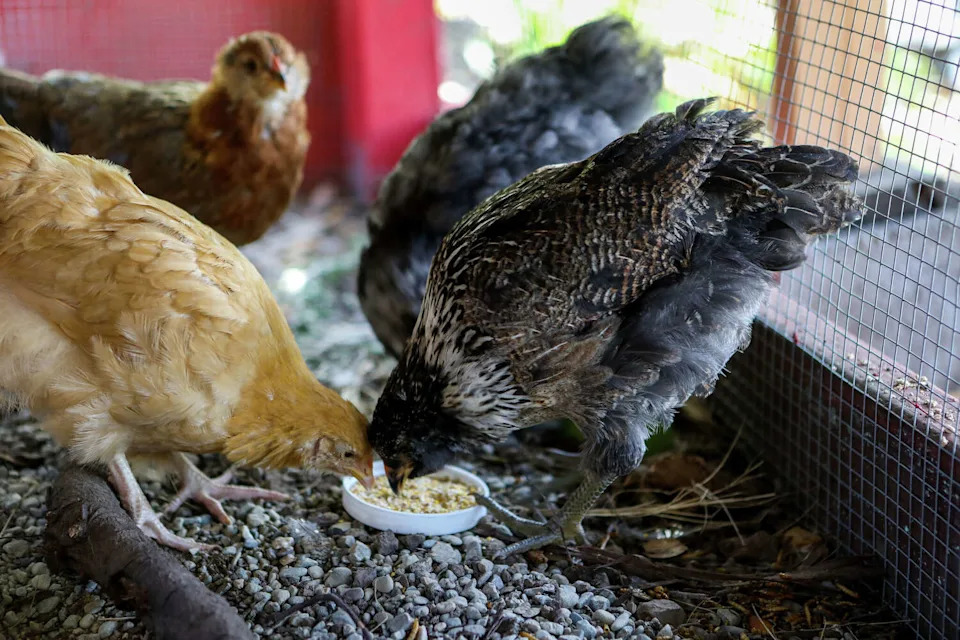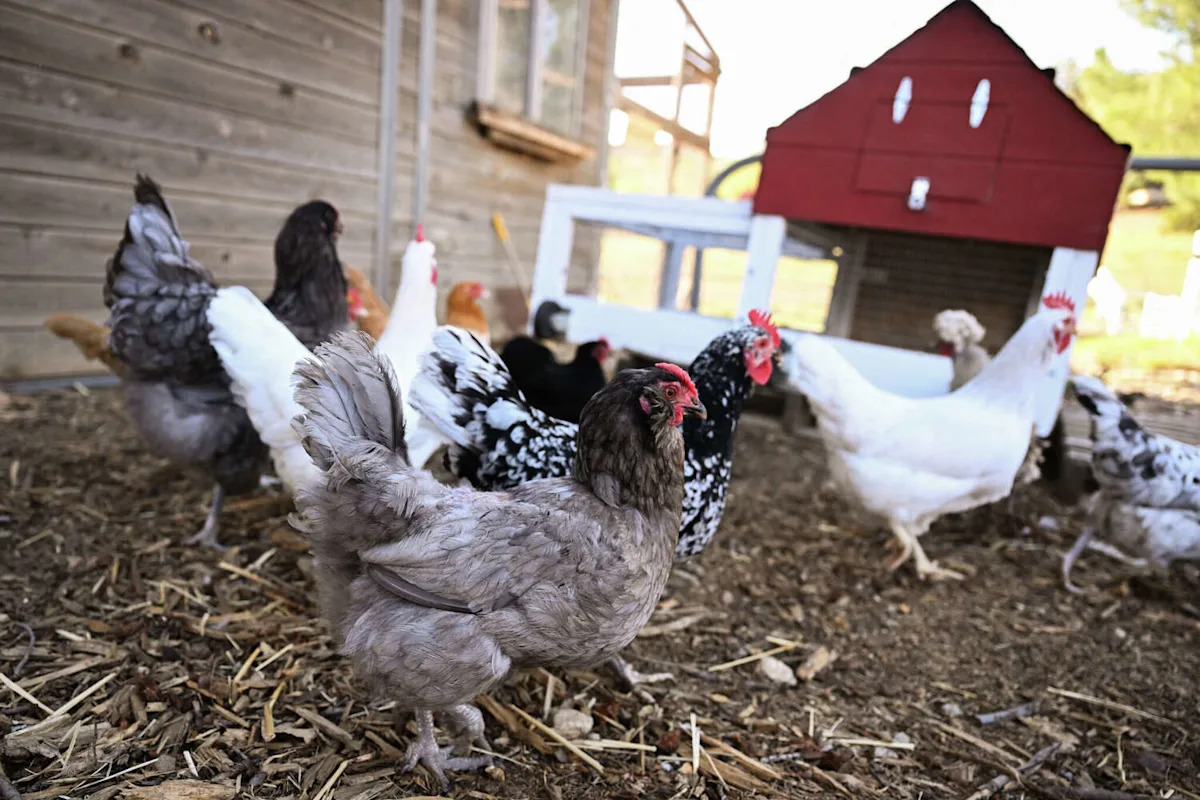Over the past several years, what once seemed like a niche rural hobby has quietly crossed into suburban backyards: keeping pet chickens. According to the American Pet Products Association, about 11 million U.S. households now keep backyard chickens. Estimates for the total number of backyard birds reach as high as 85 million nationwide, assuming average flock sizes of 7 to 8 chickens.
ANIMALS MATTER: Spooky Halloween animals
But the deeper you dig, the more the numbers blur. There is no centralized registry for pet chickens, whether at the state or city level. In places like San Antonio, for example, local ordinances may allow a certain number of hens – and even limit roosters – but there is no authority that tracks how many homes actually keep birds. That means for Texas as a whole, and for cities like San Antonio, we have no reliable official count of pet chickens, only anecdotal reports.
Under San Antonio’s current chicken and coop ordinance, a residence may keep up to eight domestic fowl without a permit, and only one of those may be a rooster. The ordinance also requires coops to meet setback and containment standards, such as being set back 50 feet from neighboring dwellings or otherwise complying with city enclosure rules.

In places like San Antonio, for example, local ordinances may allow a certain number of hens – and even limit roosters. (San Francisco Chronicle/Yalonda M. James/San Francisco Chronicle)
If you’re considering keeping chickens, here’s what good animal care looks like. Chickens need a secure, well-ventilated coop protected from predators, like raccoons, foxes, hawks, stray dogs, and other threats. The coop should allow at least 6 square feet per bird, with nesting boxes, roosts and bedding that is refreshed and cleaned regularly. Provide a well-balanced commercial feed appropriate to each bird’s life stage (starter, grower, layer), limit treats and kitchen scraps to small proportions so as not to disrupt their nutrition, and make sure fresh, clean water is always available. Sanitation is critical too. Keeping the coop clean by removing droppings, replacing bedding, and managing pests, goes a long way toward keeping your flock healthy.
Daily health monitoring is essential. Watch your flock for early warning signs: changes in comb color, lethargy, wheezing or coughing, diarrhea, reduced appetite, anomalies in egg production or shell quality, or external parasites like lice or mites. In flocks that have been around a while, routine fecal parasite testing is a smart preventative measure.
Do chickens need veterinary care? Yes. When illness or injury goes beyond your competence level, seeking vet care is essential. The tricky part is that not every veterinarian is experienced with poultry. Before bringing birds home, locate a veterinarian familiar with avian or exotic care in the community who is willing to treat backyard chickens.
Chicken keeping continues to grow as a pet trend, but success depends on responsible commitment to providing secure housing, consistent nutrition, and hygiene, and having a knowledgeable vet ready when needed.
What surprises most new owners isn’t the eggs but the interaction. Chickens are social, talkative and curious creatures, each with quirks and opinions you will come to recognize quickly. Spend a little time with them, and you will understand why so many people fall for their charm.
Send your pet questions, tips and stories to cathy@petpundit.com. You can follow her on Twitter at @cathymrosenthal.
This article originally published at Backyard chickens are on the rise: What San Antonio allows and how to care for a flock.

